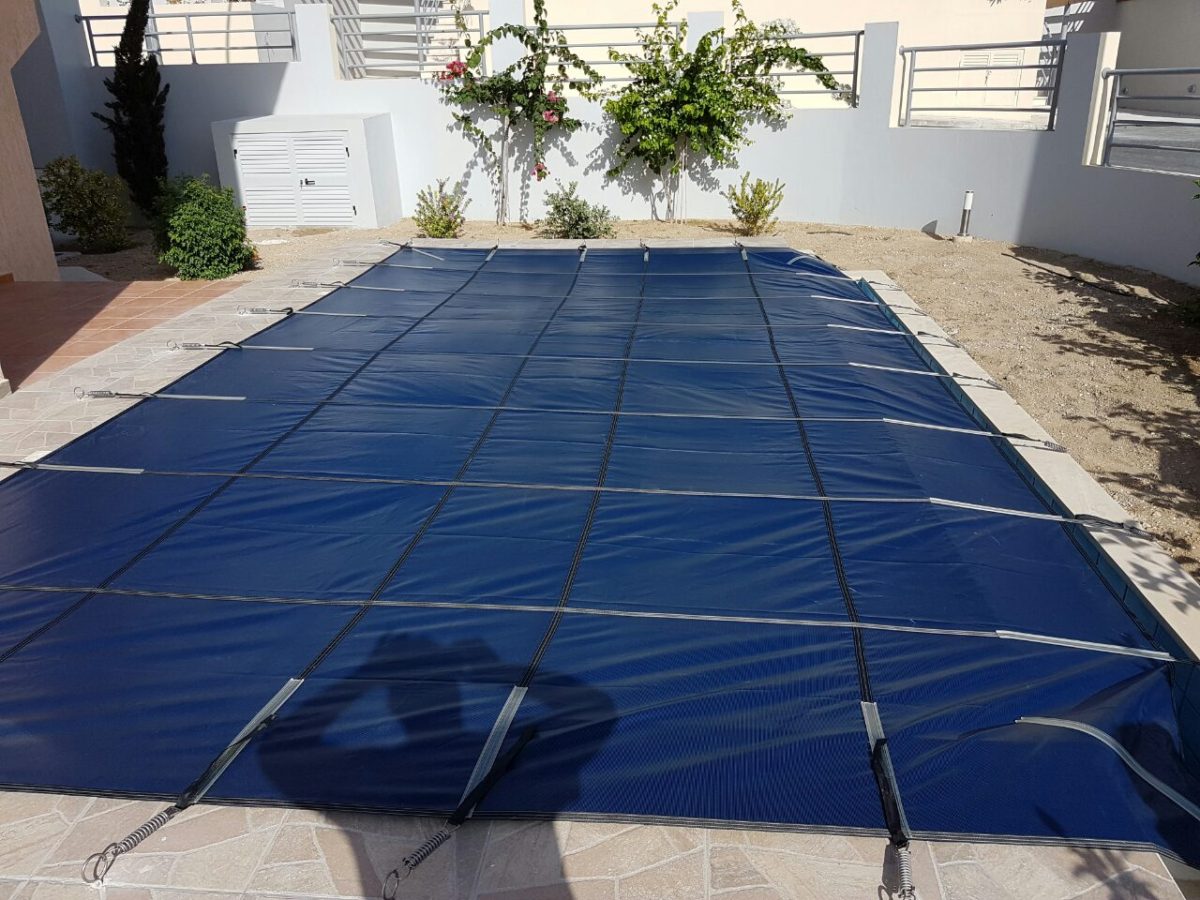CLEAN OUT THE POOL.
The first step is to clean out any leaves, insects, dirt and debris. Use your swimming pool vacuum, or just fish them out with a net. Clean out the skimmer and the pump basket, too.
Clean the tile line with tile cleaner. Easier now than next spring, when the scum has had all winter to set.
BALANCE THE WATER CHEMISTRY.
This protects the wimming pool from corrosion or scale buildup. Using a water test kit, adjust the water to the recommended levels of pH, total alkalinity, calcium (hardness) and chlorination.
If you want to add a winterization chemical kit, do it now. These kits put high levels of chlorine and algaecide in the water to prepare it for the winter months ahead. Your pool retailer offers ready-made kits for the purpose; use according to the maker’s directions. In the case of larger pools, you may be directed to supplement the kit with additional quantities of some chemicals, too.
DON’T LET YOUR CHEMICALS DAMAGE YOUR POOL.
Don’t add tablets or a floater that contains chlorine or bromine—they can damage the equipment nearest them. If you already have chlorine or bromine tablets in your feeder, let them run out so that none remain. If you’re adding winterizing chemicals, pour them into a bucket and then into the swimming pool. Some of these chemicals instruct you to turn on the pool filter while you add the chemicals. Make sure you do, especially if you have a vinyl liner pool—you don’t want stains on your liner from un-dissolved granules or damage to your equipment from concentrations of chemicals in the water.
LAST STEP: THE WINTER COVER.
The winter cover is important for both the swimming pool and the people around it. It’s stronger than a summer cover, both to withstand the weight of snow and ice, and to protect people or pets from accidentally falling through the cover into the water.



